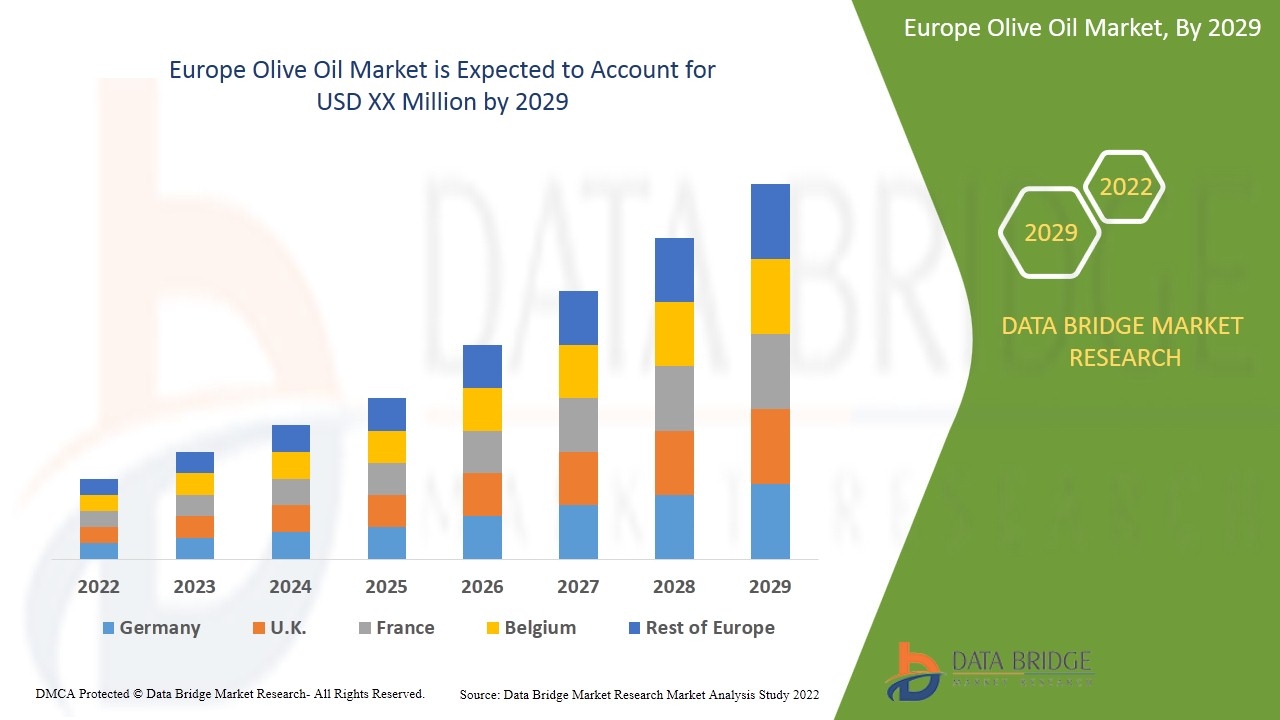Ethane and Propane Supply US: Trends and Forecast

Ethane and propane supply US: Overview of ethane and propane production, storage, and distribution in the US market.
The supply of ethane and propane in the US is characterized by its structural abundance, primarily as a coproduct of natural gas and oil extraction from unconventional resource plays. These two hydrocarbons, the lightest of the Natural Gas Liquids (NGLs), represent distinct markets but share a common origin in the production basins.
Ethane supply is fundamentally linked to the production of rich natural gas. Its recovery is subject to a phenomenon known as "rejection," where a portion of the available ethane is left in the dry natural gas stream rather than being extracted and sold as a liquid. The decision to recover or reject ethane is purely economic: it is only recovered if the selling price of purity ethane exceeds its value as a fuel when left in the natural gas stream, plus the operational costs of extraction and fractionation. Consequently, while the potential supply of ethane is massive, the actual marketed supply can fluctuate based on the profitability of the petrochemical sector, its primary customer. The long-term trend, however, has been toward increasing recovery due to major investments in new ethylene cracking capacity, which provides a structurally high demand for ethane.
Propane supply, by contrast, is far less elastic in its recovery. Propane is nearly always separated from the natural gas stream because its higher boiling point and greater inherent value make its extraction economically viable under almost all market conditions. This means the supply of propane is more directly and predictably correlated with the overall volume of natural gas processed. Propane is also a byproduct of petroleum refining, providing a secondary, though less significant, source. The sheer volume of US propane production has transformed the nation into a net exporter, making domestic supply significantly exceed domestic consumption.
The logistics of supply for both components rely heavily on the midstream sector. Ethane and propane, once separated in the fractionation plants, are transported via dedicated pipelines to consumption centers and storage hubs, with Mont Belvieu serving as the central marketplace. Propane, in particular, must navigate significant seasonal supply management. It is a major heating fuel and agriculture input, experiencing peak demand in winter and fall. The industry relies on massive underground storage to absorb summer production surpluses and meet this pronounced seasonal demand, ensuring a stable supply throughout the year. The dual-track supply—structural abundance meeting inelastic recovery for propane, and structural abundance meeting demand-elastic recovery for ethane—defines the market dynamics for these two key NGLs.
FAQs on Ethane and Propane Supply US
What is the main driver behind the potential elasticity of Ethane's marketed supply?
The elasticity is primarily driven by the economics of ethane rejection. Producers will only recover and market ethane if its selling price as a liquid purity product surpasses its value as a fuel component in the natural gas stream, which introduces a price-sensitive threshold for its extraction.
How does the supply profile of Propane differ from that of Ethane in terms of recovery?
Propane recovery is generally inelastic because its higher boiling point and significantly greater market value ensure it is almost always extracted from the raw gas stream, even when ethane recovery is being rejected. This makes propane's marketed supply a more direct reflection of the overall volume of rich gas being processed.
What is the critical role of underground storage in managing the supply of these two NGLs, particularly propane?
Underground storage, especially salt cavern complexes, is crucial for seasonal supply management and market stability. It allows the continuous production of propane to be stored efficiently during low-demand months and then drawn upon during peak winter heating and agricultural demand, thereby balancing the supply curve and mitigating price volatility.
More Relate Reports:
Small Capacity Electrolyzer Market





